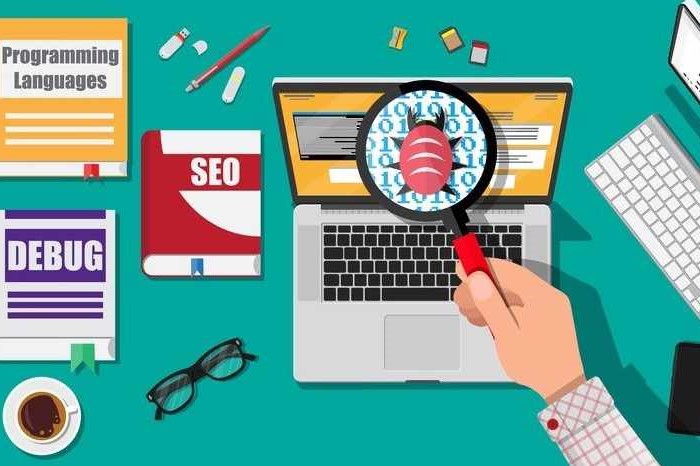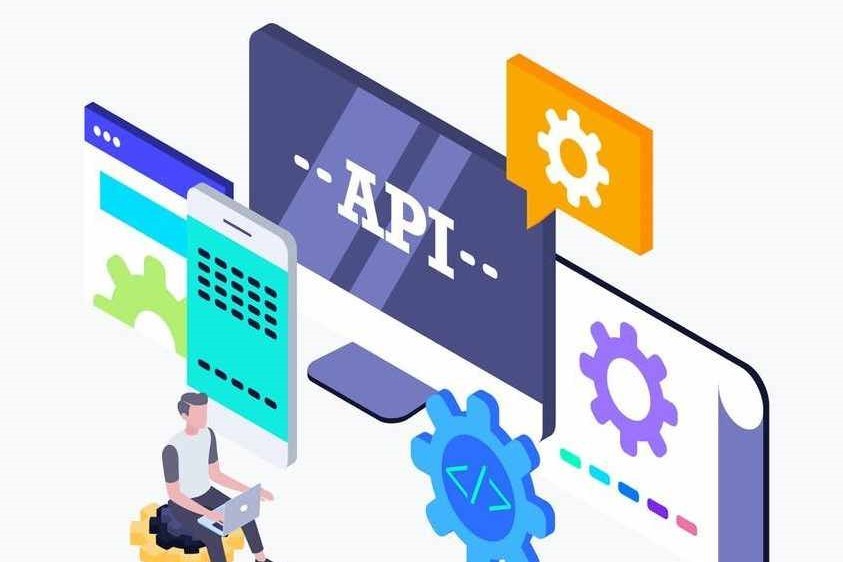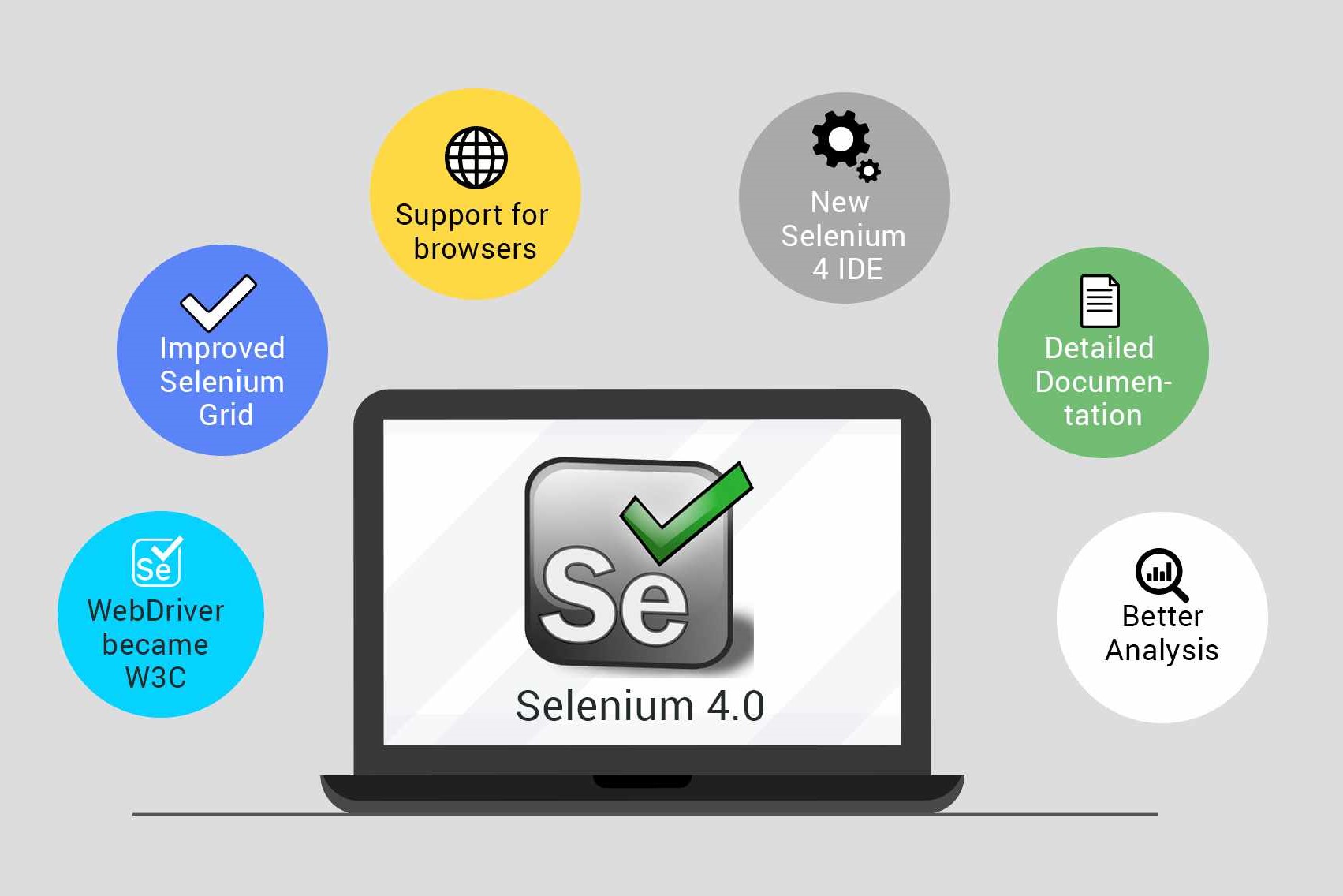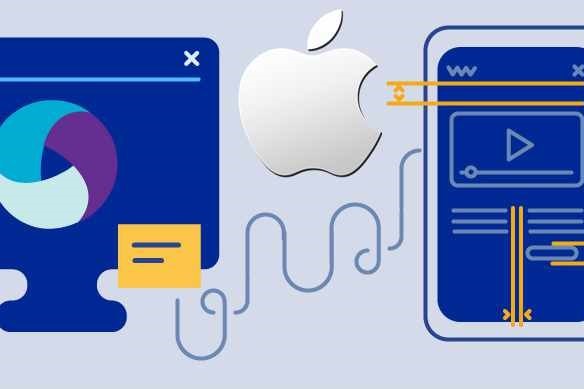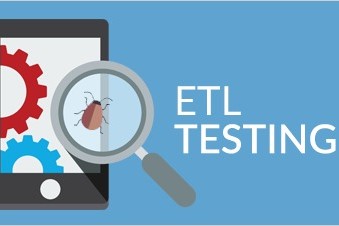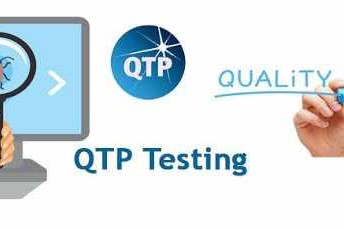Course Information
- Course Price $250
- Total Students 800+
- Course Duration 4 Weeks
Description
Software Testing ensures that actual results match the expected results. It is nothing but, identifying software bugs and inaccuracies and thereby validating the software product. It appraises the differences between the given input and the expected output. The basic methods of software testing include:
- Examination of the code written
- Execution of that code in various environments
- Verifying all the features of the application are working perfectly well.
- Focusing on the output generated against any input
- Taking into account the internal mechanism of a system.
Benefits
- Running every IT application is massively expensive and certain errors that may occur in the development phase can be severely dangerous and damaging.
- Software testing eliminates every such possible damage and makes sure of the Customer’s reliability and their satisfaction in the application, as a quality product delivered to the customer help in gaining their confidence.
- Overall, Software testing is a cost saving activity, as it ejects all unfavourable aspects of the application, which can be extremely expensive to rectify in the future or post development of the application.
Syllabus
- Basic Testing Vocabulary
- Quality Assurance versus Quality Control
- The Cost of Quality
- Software Quality Factors
- How Quality is Defined
- Why Do We Test Software?
- What is a Defect?
- The Multiple Roles of the Software Tester(People Relationships)
- Scope of Testing
- When Should Testing Occur?
- Testing Constraints
- Life Cycle Testing
- Independent Testing
- What is a QA Process?
- Levels of Testing
- The “V” Concept of Testing
- Structural versus Functional Technique Categories
- Verification versus Validation
- Static versus Dynamic Testing
- Examples of Specific Testing Techniques
- Test Planning
- Customization of the Test Process
- Budgeting
- Scheduling
- Validators
- Prerequisites to test planning
- Understand the Characteristics of the Software Being Developed
- Build the Test Plan
- Write the Test Plan
- Test case Design
- Building test cases
- Test data mining
- Test execution
- Test Reporting
- Defect Management
- Test Coverage – Traceability matrix
- Software Configuration Management
- Change Management
- Guidelines for writing test reports
- Basics of automation testing – why, when and how to perform automation testing
- Factors for choosing a particular tool
- An overview for the major functional testing tools
- Overview of Test management and bug tracking tools
